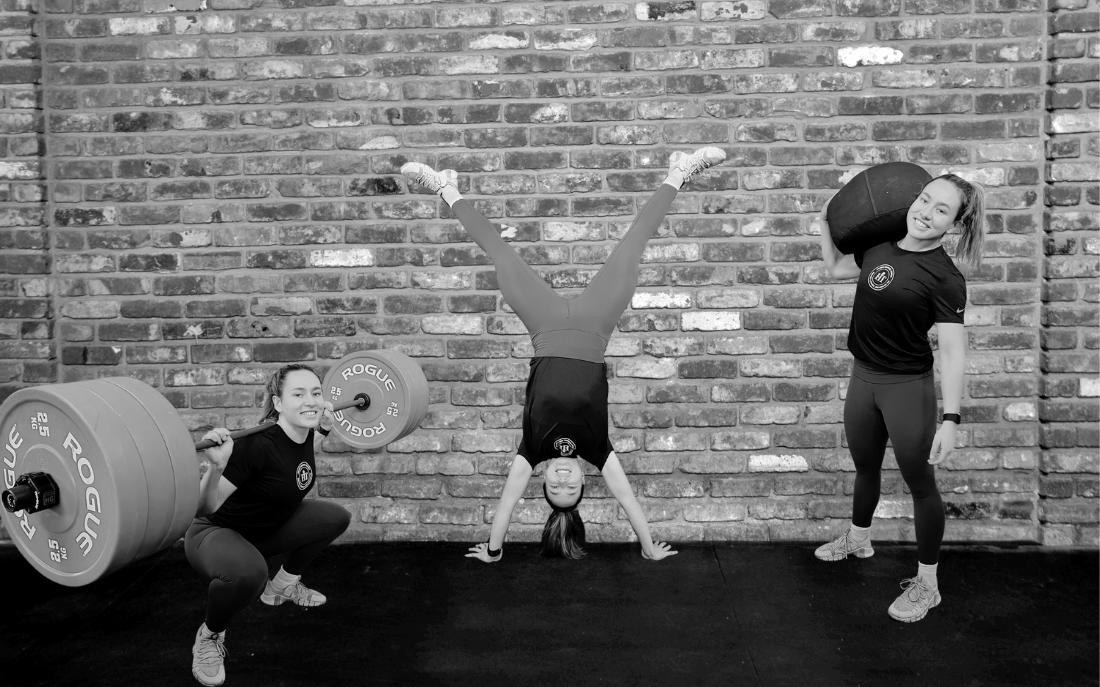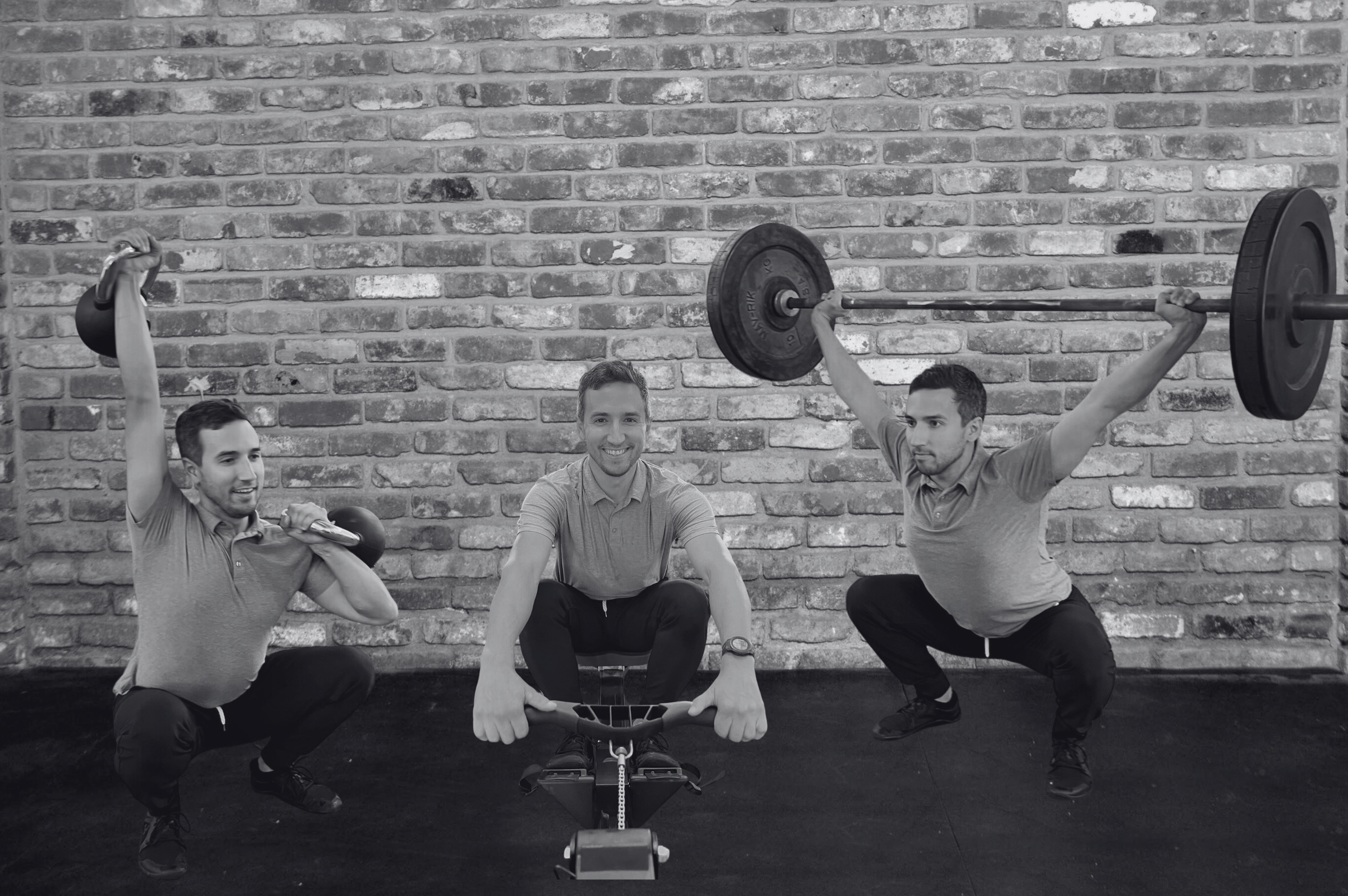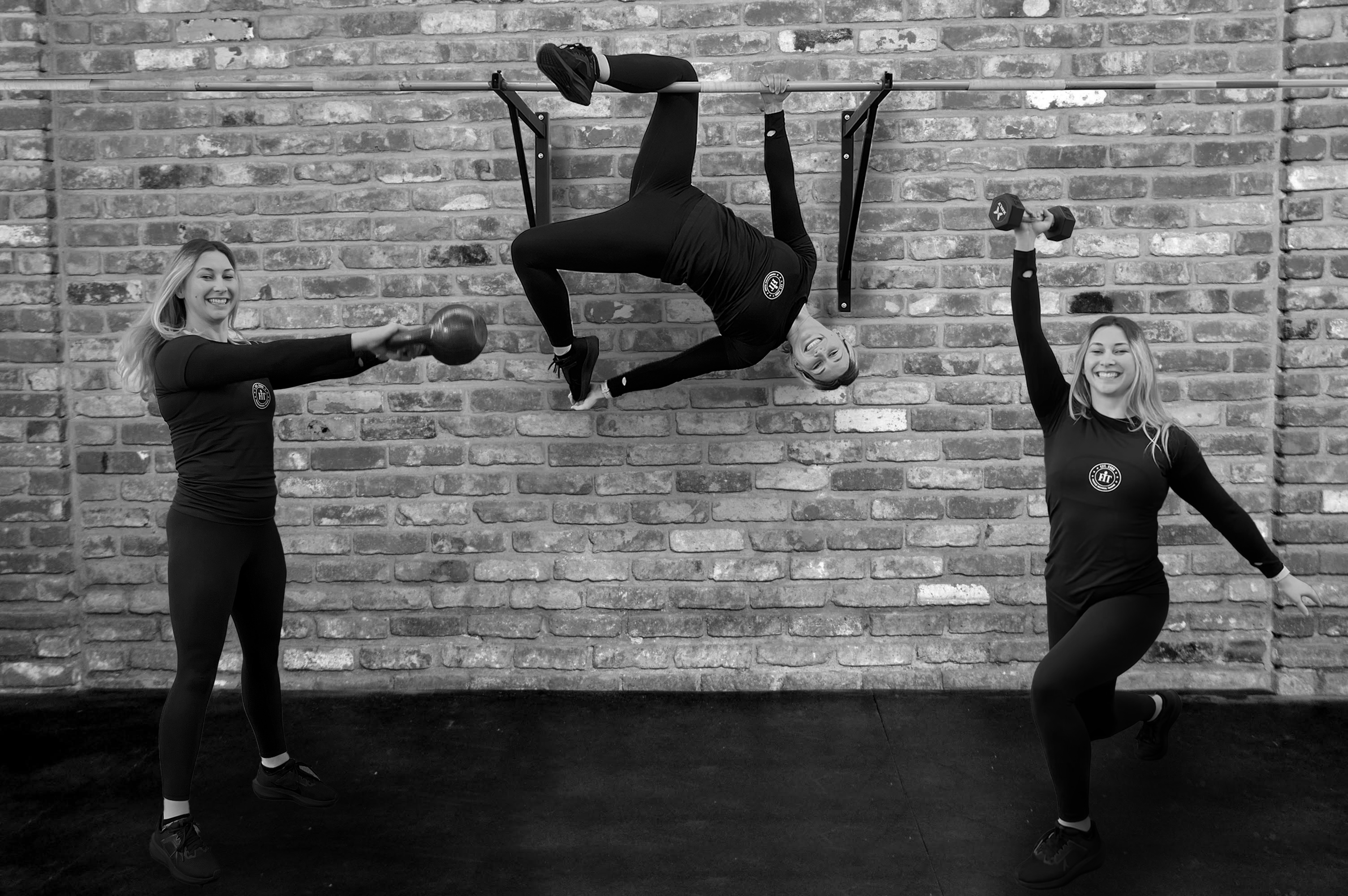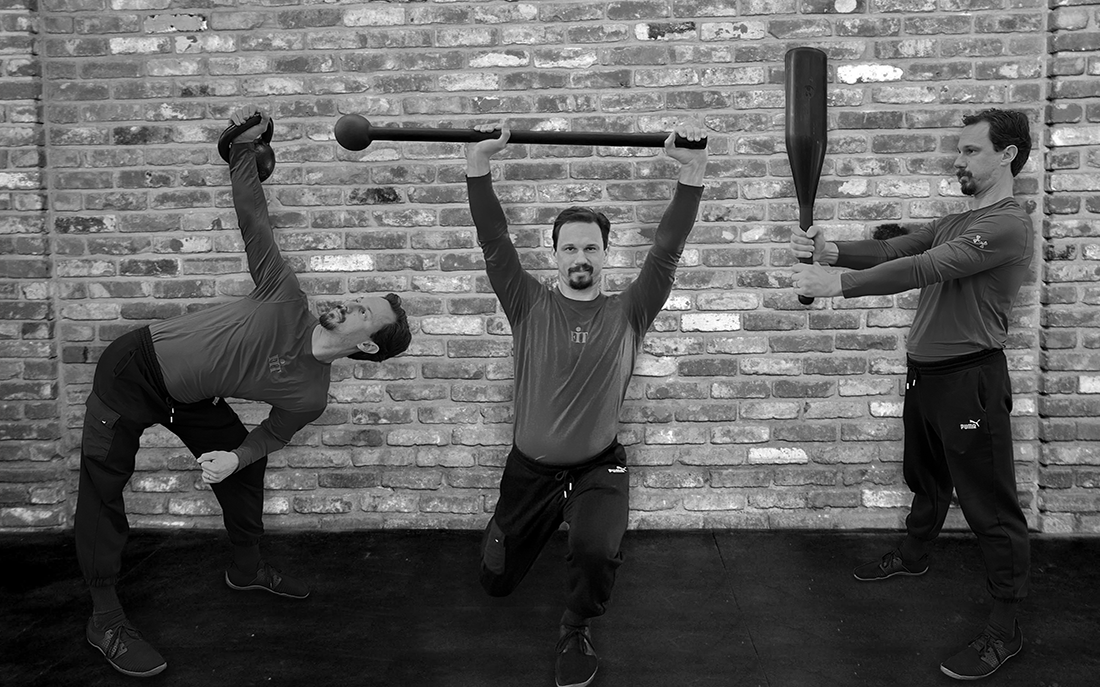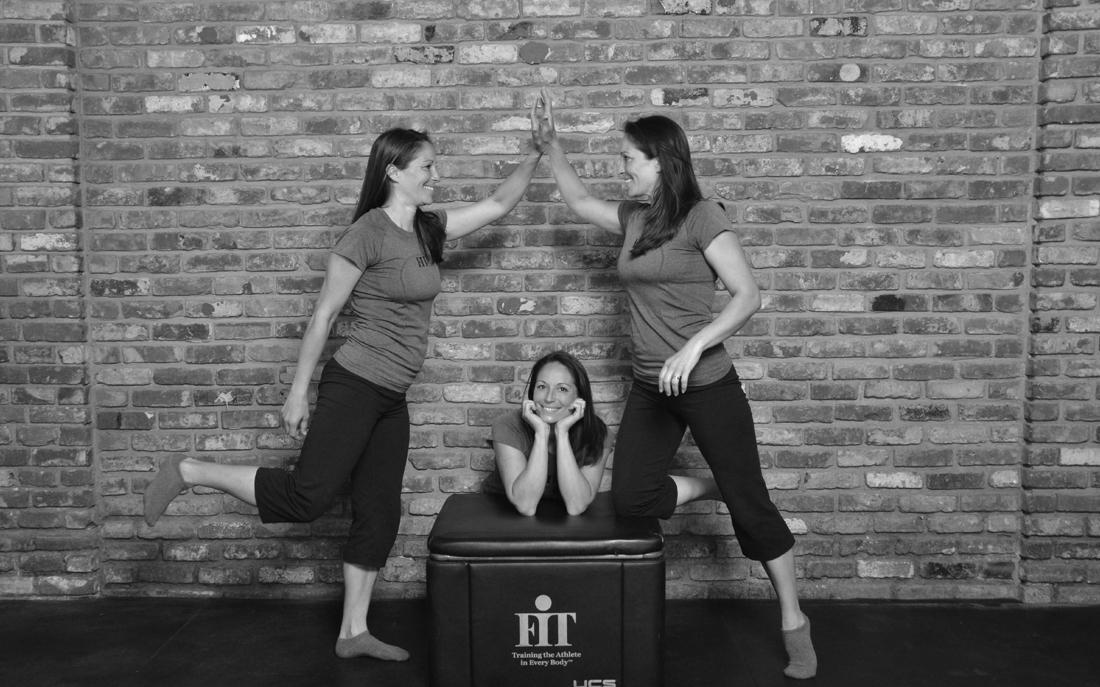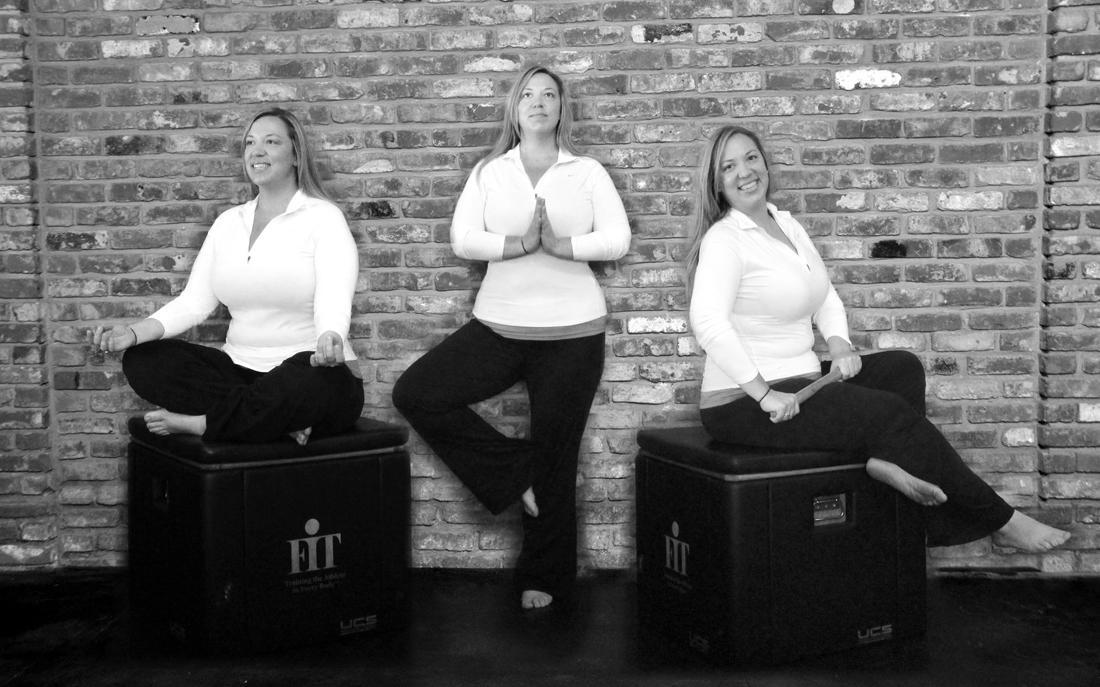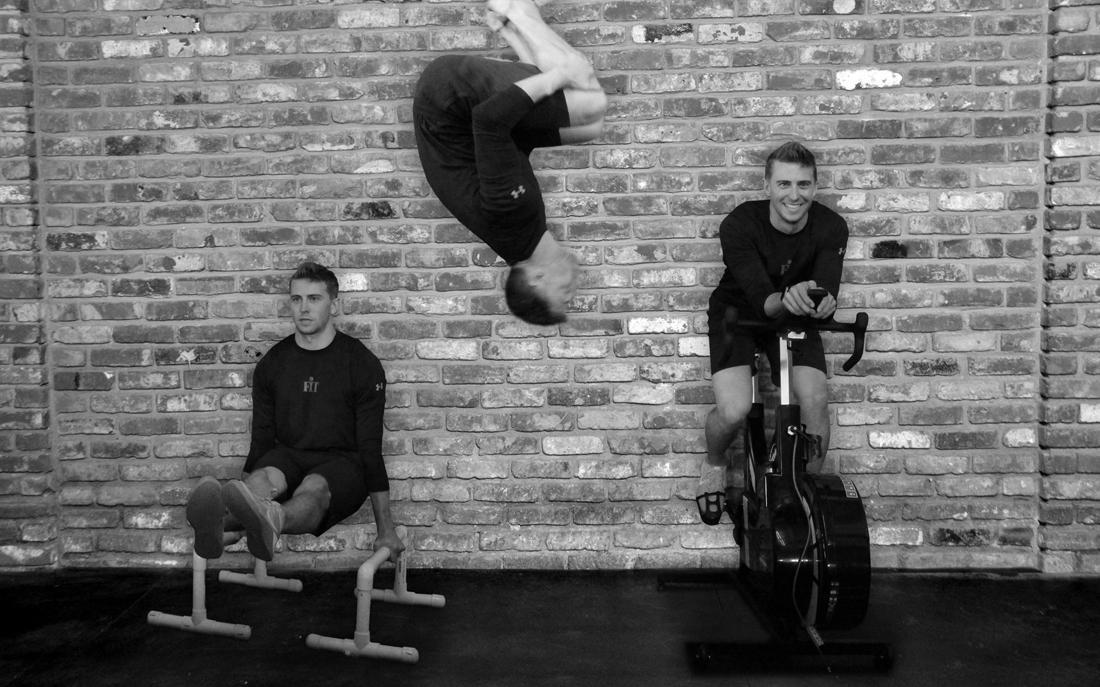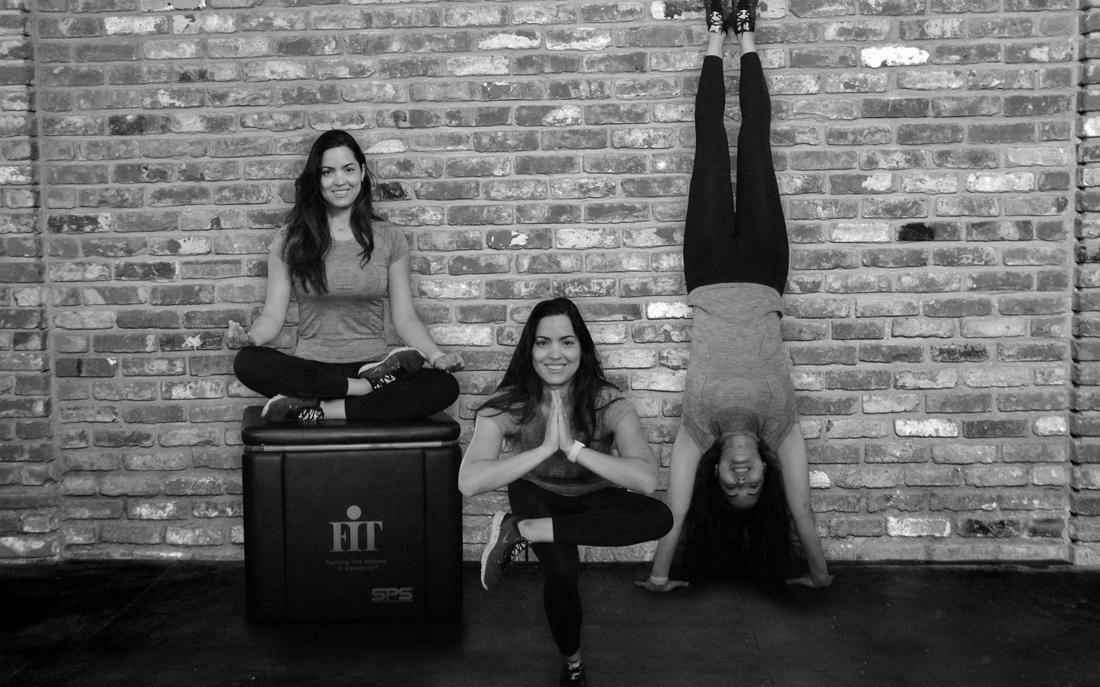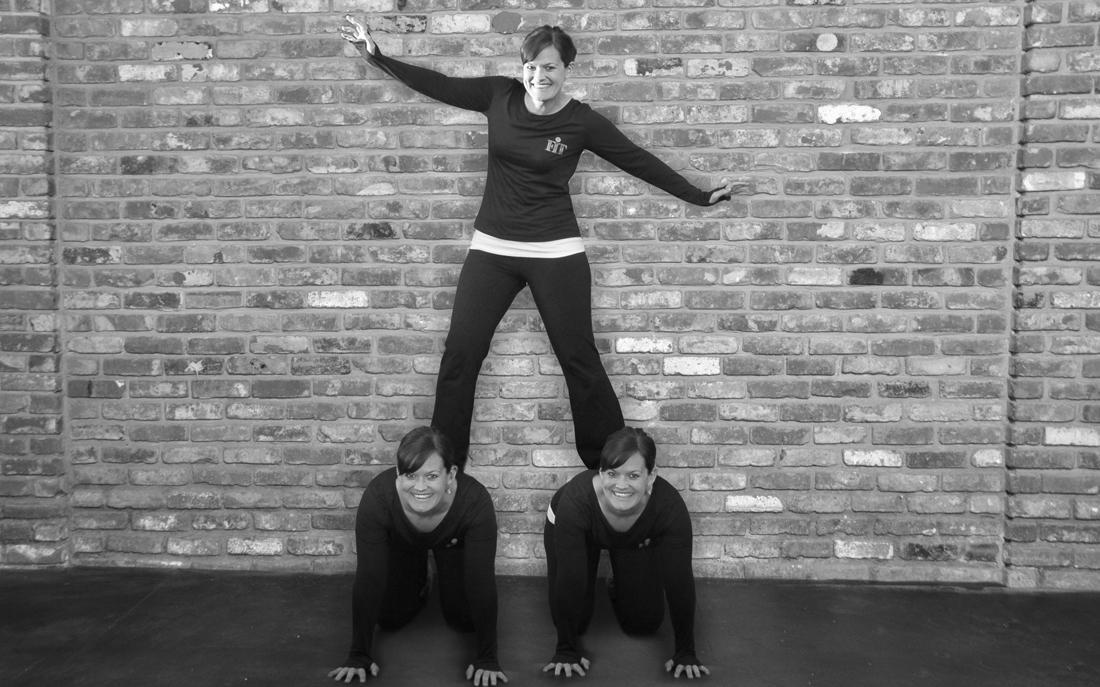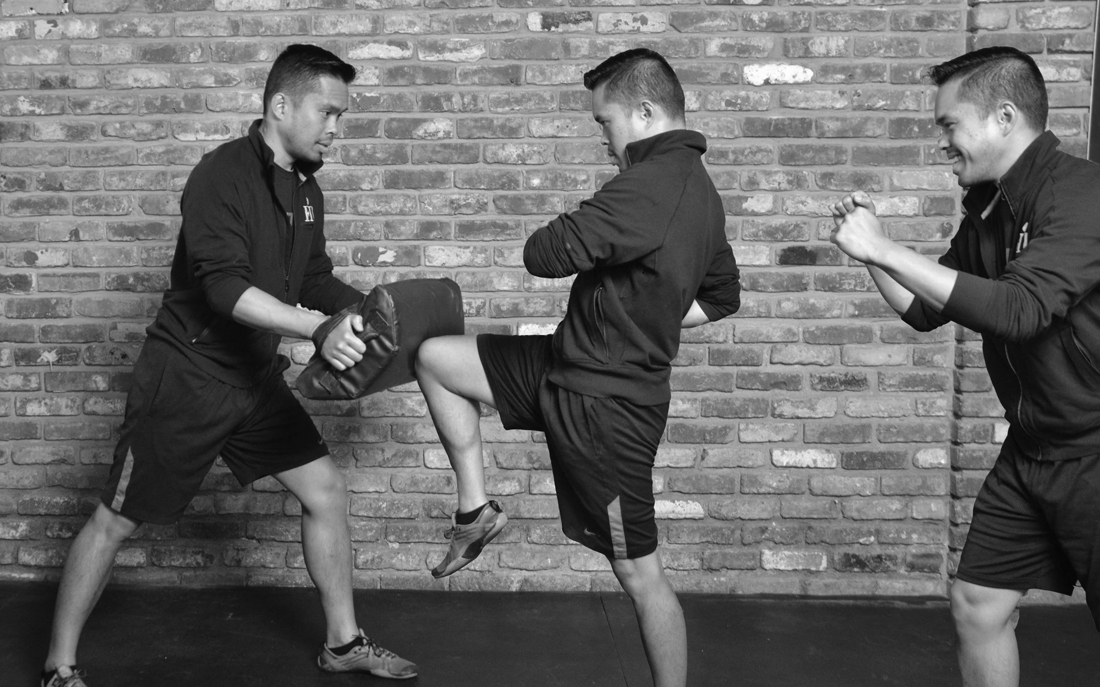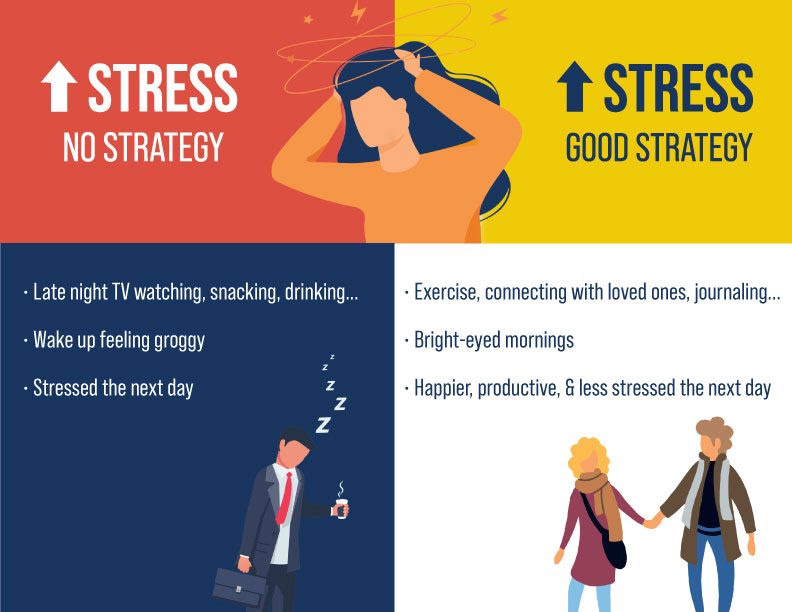The goal is to identify keystone behaviors, which, when adjusted slightly, cause a cascade effect that positively impacts all domains of your health. An example would be finding a healthy outlet after a stressful day, say a walk with a loved one after dinner, leading to less late night snacking which then leads to a better night’s sleep which in turn enables you to get a good workout the next day which helps alleviate stress before it accumulates. This starts with identifying areas where you feel ready to experiment with small changes, finding support from professionals, family and/or friends, and holding yourself accountable so the shifts in behavior become habits rather than temporary fixes. Learning about stress capacity and the different types of stress is the first step in better stress management.
Stress Management & Routine
In The Strengths-Based Workbook for Stress Relief, Dr. Ryan Niemiec Stress created the following equation: Stress = Pressure minus Capacity. He goes on to explain, “Stress refers to the total amount of pressures and demands you are under after you consider your various capacities, resources, and adaptations.’ Simply, stress balance boils down to managing these two factors. Societally, we often hear about stress reduction, however, it is important to note that stress is essential to growth. Using the stress of exercise as an example, the body must be put under stress in order to increase strength or improve fitness; the same is true for emotional stress.
Dr. Niemiec frames what you have most likely experienced when it comes to the stress equation:
- Too little pressure coupled with excess capacity, or resilience, can lead to boredom and becoming disengaged.
- Too much pressure coupled with insufficient capacity causes feelings of being overwhelmed.
- An ideal equation is when the amount of pressure equates to the amount of capacity – this is referred to as flow or being ‘in the zone’.
While we often hear that stress reduction is key to health, building capacity is equally important. Stress management is dynamic. We hope you find the framework above may be a useful reference when trying to figure out where to focus your energy during periods of stress as well as periods of disengagement.
Pro Tip: “Find something that is easy to do and realistic! Outside of exercise, there are two main things I do to reset and help manage and recover from stress. I first look through my calendar at night to mentally construct a plan for the next day so that I feel ready and prepared for the day. I will also do a run through of my day in the morning before I get out of bed. Secondly, when feeling stressed, spending some time petting and playing with my cats helps to forget about what is worrying me. It’s impossible to stay stressed when looking into your pets’ eyes and seeing their smiling faces!” – Coach Hannah
5 Tips to Increasing Stress Capacity

- Go Outside: Take a 10 minute walk, even if it’s just around the block or up and down the street while on a phone call, make time to go outside, get some fresh air and sun to help calm your nervous system.
- Practice Mindfulness: Pay attention to your breath, this is an easier one to put into practice if you find it impossible to leave your desk or have a busy schedule. Set an alarm or think of a time where you can make a non-negotiable few minutes to dedicate your time to take a few breaths to calm yourself.
- Exercise: Not every form of exercise has to be intense or structured, you can find exercise by dancing, playing with your kids or pets, gardening or cleaning. For most of us exercise comes easiest when we have an appointment with our trainer or group class. But what about the other days? How can you incorporate exercise into your day for only a few minutes? If you’re at your kids soccer practice you can catch some flights on the bleachers and follow up with a few elevated push ups. If you’re sitting in your chair glued to your desk you can do some seated leg stretches, neck and shoulder rolls, or some side bends. All movement is better than no movement at all! If you’re interested in finding some stretches to reduce stress and incorporate into your daily routine check out: https://www.prevention.com/fitness/g35491026/stretches-for-stress-relief/
- Reflection Journal: Find a journal and pen where you can write any and all thoughts down. A lot of people find that journaling has to be structured or well thought out when really many people journal in so many different ways. You can draw, write bullet points, they can be feelings, thoughts, reminders and or goals. Writting can offer stress reduction, emotional well being, mental and emotional clarification, and even problem solving. For different ways to journal check out: https://www.intelligentchange.com/blogs/read/20-types-of-journals-to-keep
- Organize: Set aside a few minutes a day to check your calendar, write in your planner or place a post it note on the fridge to remind you to hold yourself accountable or check off something on your to do list. By taking a few moments in your day to straighten out your thoughts and review your daily tasks you can avoid a lot of chaos by prioritizing this earlier in the day or the night before. Think about how often we stay up at night thinking about what is needed to get done. If you set a specific time of day to check in with these tasks you’ll most likely feel more prepared, well rested, and more productive that day knowing you have a strategic plan to get things done from your organization. Find a time that works for you, grab a pen and jot it all down!
